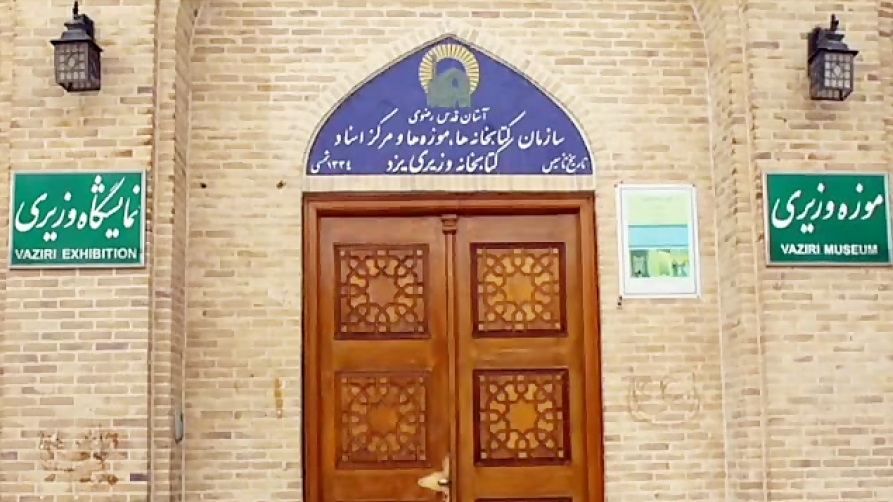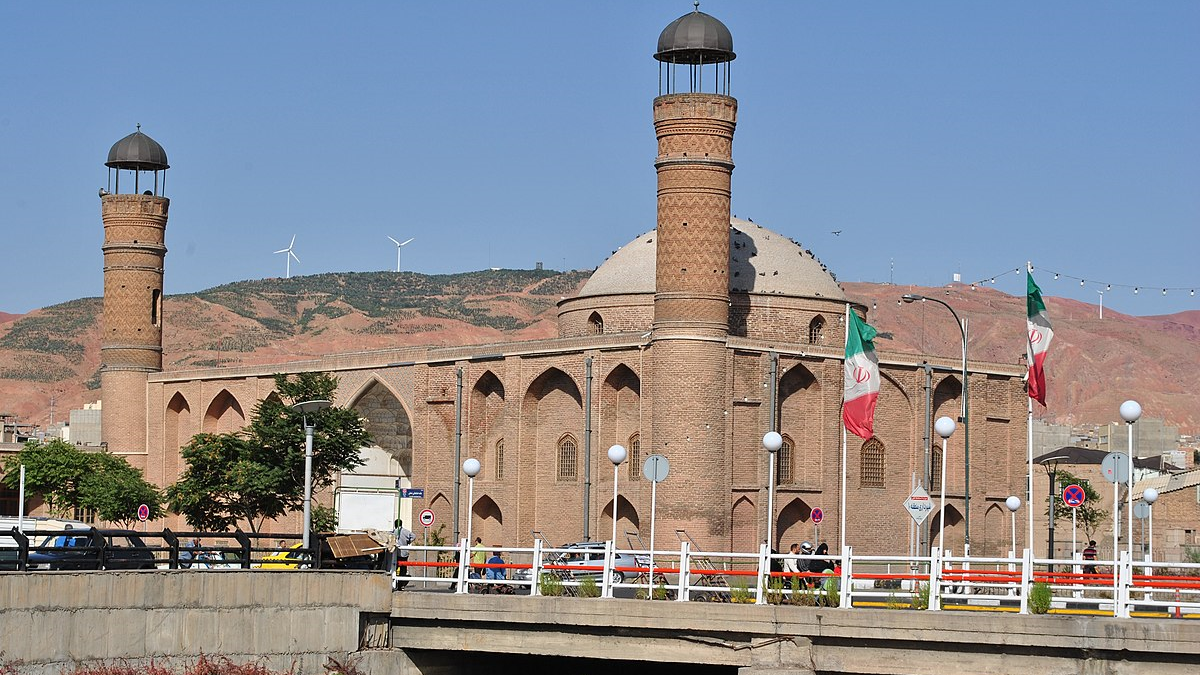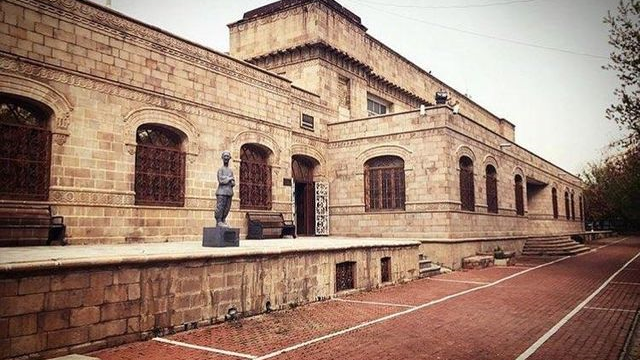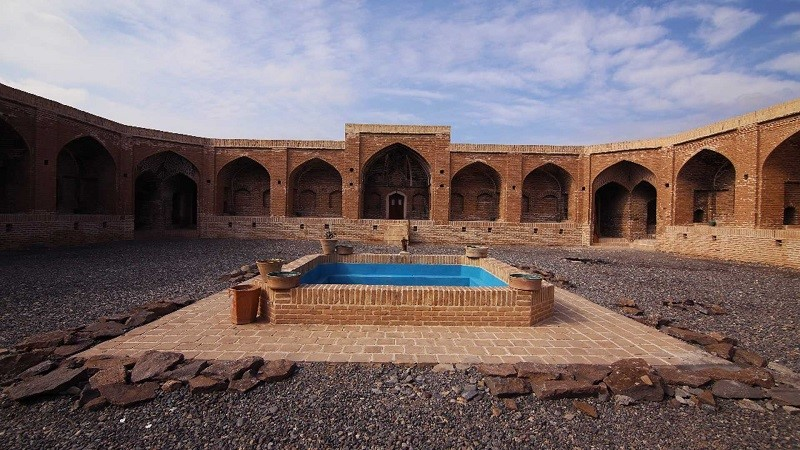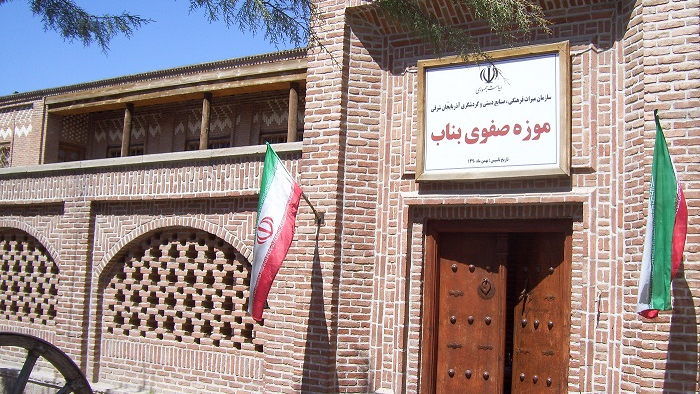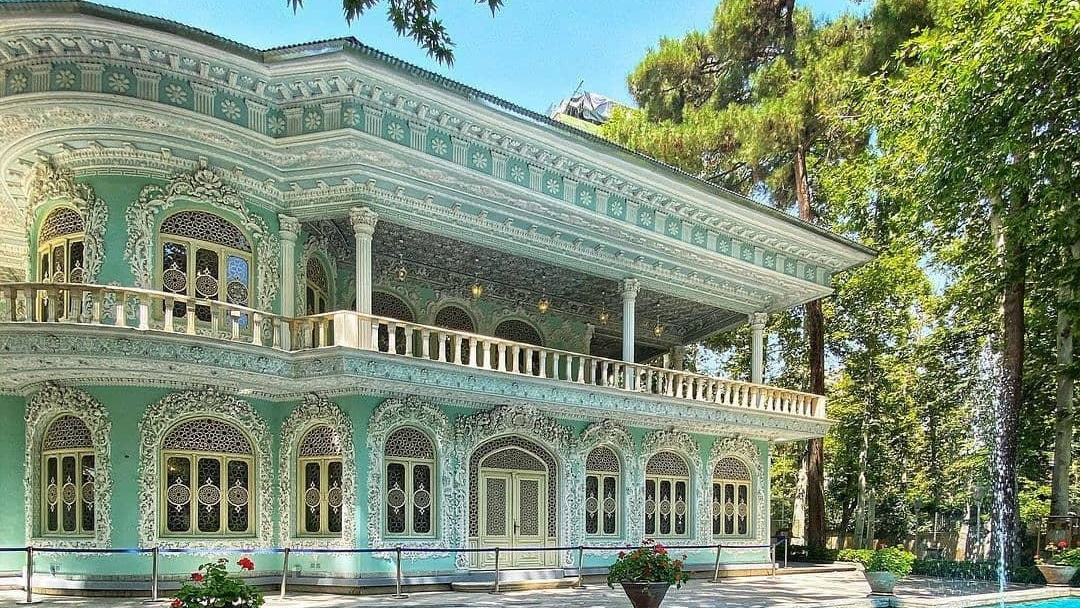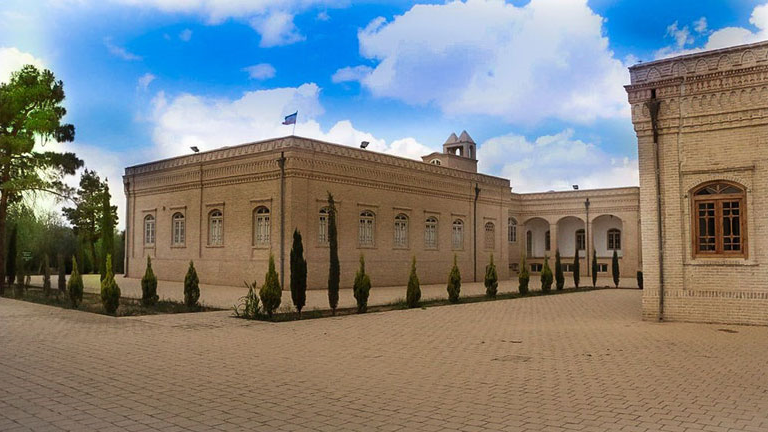
Private Collection of H. Aqaei
Private collectors are people with good taste who, during their lifetime, collect and add value to objects that many people consider worthless. Collecting is recording parts of the identity, memoirs, and culture of every nation that the people of the time may not understand their importance and do not care to convey it to future generations.
Many of the world’s most famous museums, such as the Musée Guimet (Guimet Museum) in Paris, have been created by private collectors. In Iran, too, the Reza Abbasi Museum and the Glassware and Ceramic Museum of Iran have been formed from private collections.
Visiting the collections of private collectors can be very interesting and diverse because the rules that govern museums do not usually apply to them. In fact, the visitors to private collections do not have a background of what they will encounter before starting to explore. Thus, visiting a private collection is a kind of enjoyable and low-risk adventure!
There are many collectors in Iran who display their collected artefacts and objects in the form of exhibitions or museums. H. Aqaei’s collection in Osku should be considered one of the most diverse collections in which everything, in the real sense of the word, can be found!
Where is Aqaei’s Collection Located?
This collection is displayed in the historical bathhouse of Mahmoud Bahari in Osku, which is one of the western cities of East Azarbaijan Province and is located between the Urmia Lake (west) and the Sahand mountains (east). Researchers consider Osku to be one of the oldest cities in the region and believe that in the first century BC, Sargon II, the king of Assyria, mentioned the name of this city in his inscription. It seems that after the Urartu invaded this region, they burned down the ancient city of Osku, which was called “Oshkaya”. The Hilehvar and Kandovan villages, which were created with amazing architecture inside the rocks, are among the tourist attractions of this region.
The historical bathhouse of Mahmoud Bahari, which had been constructed in the Qajar era (19th century), was inscribed on the list of Iran’s national heritage in 2007, after some restoration operations.
Objects Preserved in Aqaei’s Collection
Having a profound interest in Iranian culture and history, Aqaei began collecting the objects that are on display in his collection today, including many tools and equipment of daily life. These objects include kerosene and wick lamps, old cameras, decorative plaques, old pottery and clay dishes, and tools for cooking and serving food that were used in the not-so-distant past. The other items of this collection comprise old tongs, door bolts, kitchen tools, a steelyard balance, double-sided scales, hand mills, gramophones and early voice recorders, home decorative items, sewing machines, irons, draping tools, samovar and oil lamps, old chests, musical instruments, hookahs and chibouk, abacus, radio, various locks, and copper pitchers.
In one corner of Aqaei’s collection, some old cigarette boxes of different brands can be seen, some of which are about 70 years old. One of the most interesting parts of the collection belongs to old books, among which some textbooks from the 1960s are also noticeable. There are also several old telephones in the collection, some of which are 60 years old! Visiting these old devices in a place that is more than 100 years old will be a fascinating and unforgettable experience.
This collection is displayed in the historical bathhouse of Mahmoud Bahari in Osku, which is one of the western cities of East Azarbaijan Province and is located between the Urmia Lake (west) and the Sahand mountains (east).
| Name | Private Collection of H. Aqaei |
| Country | Iran |
| State | East Azerbaijan |
| City | Osku |
| Type | Social |
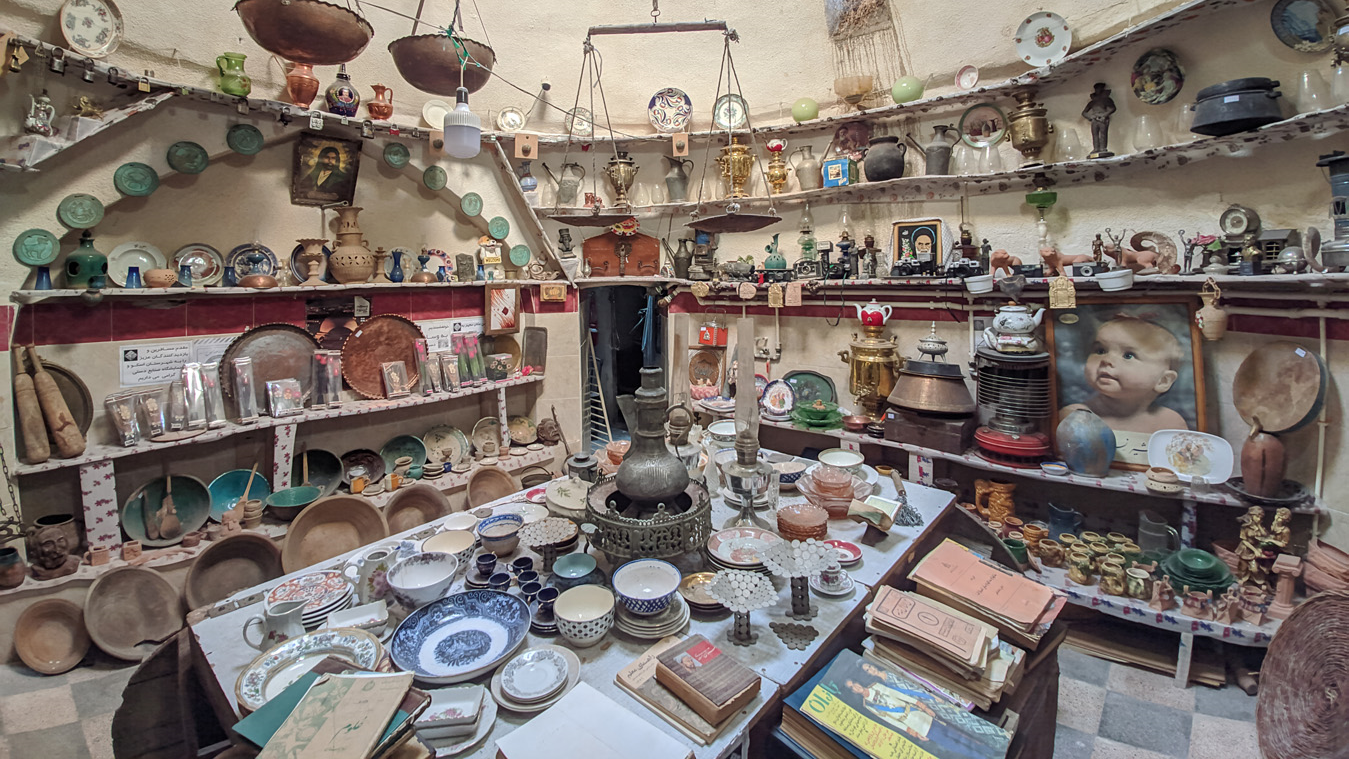
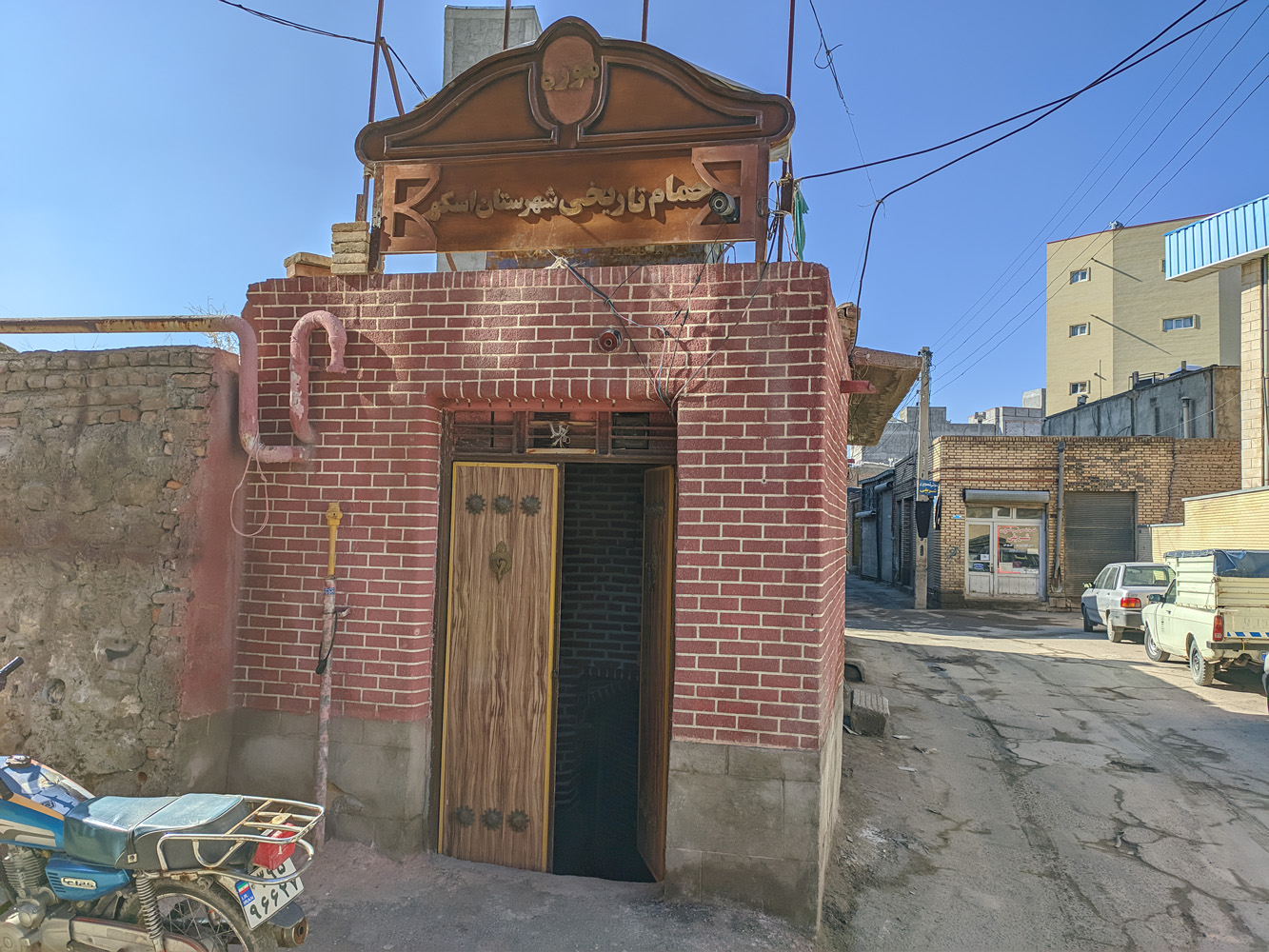
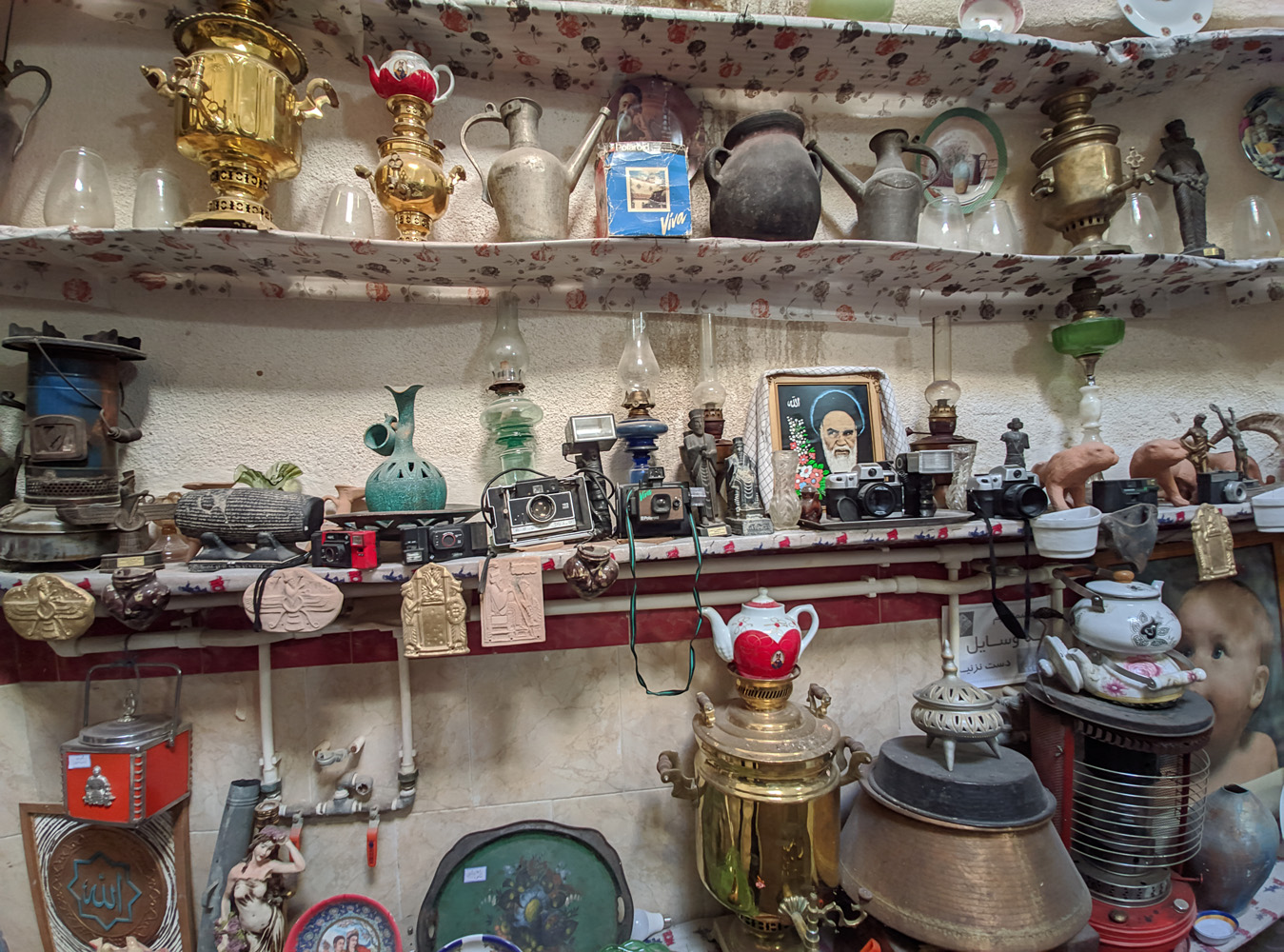
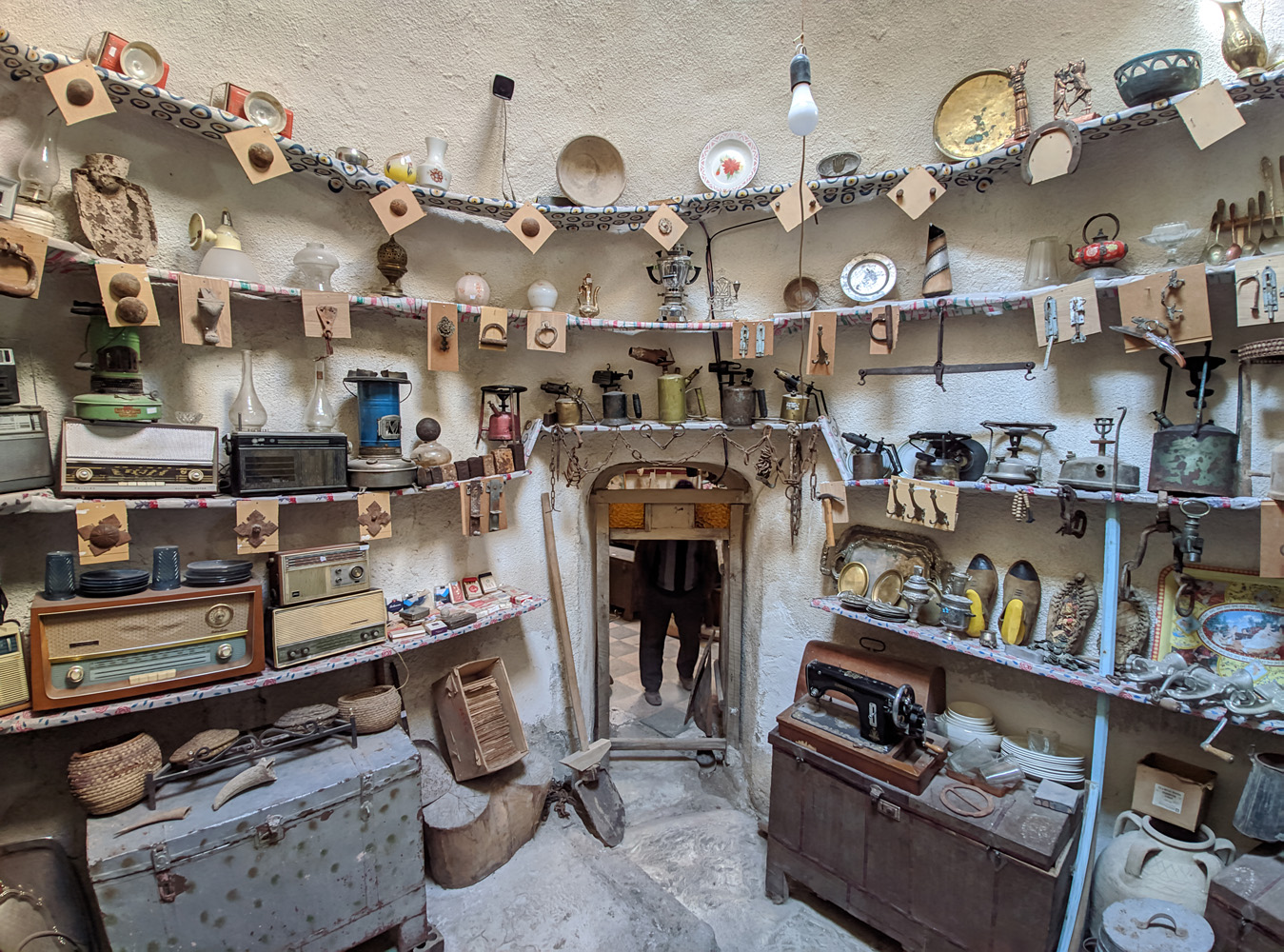
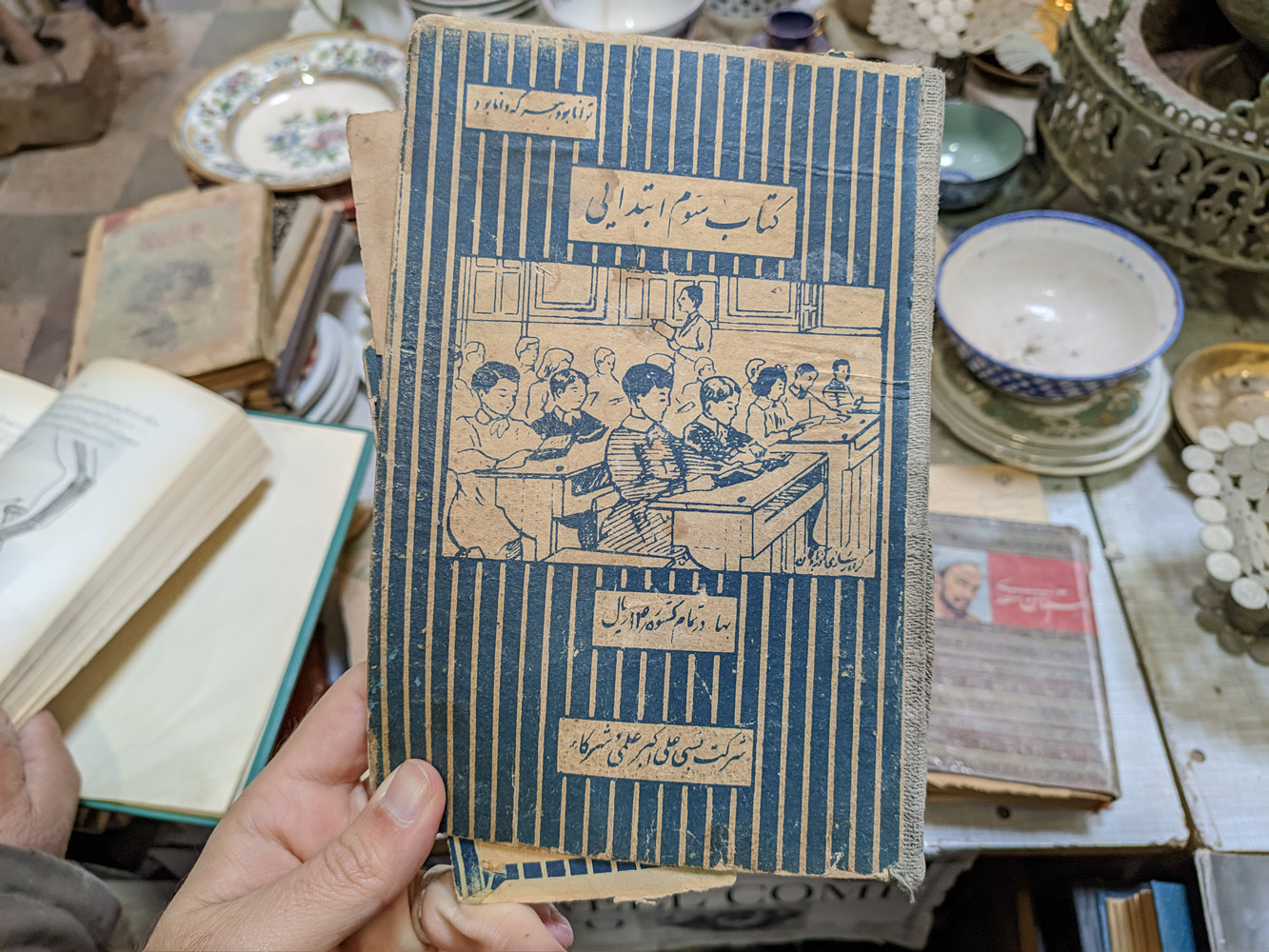
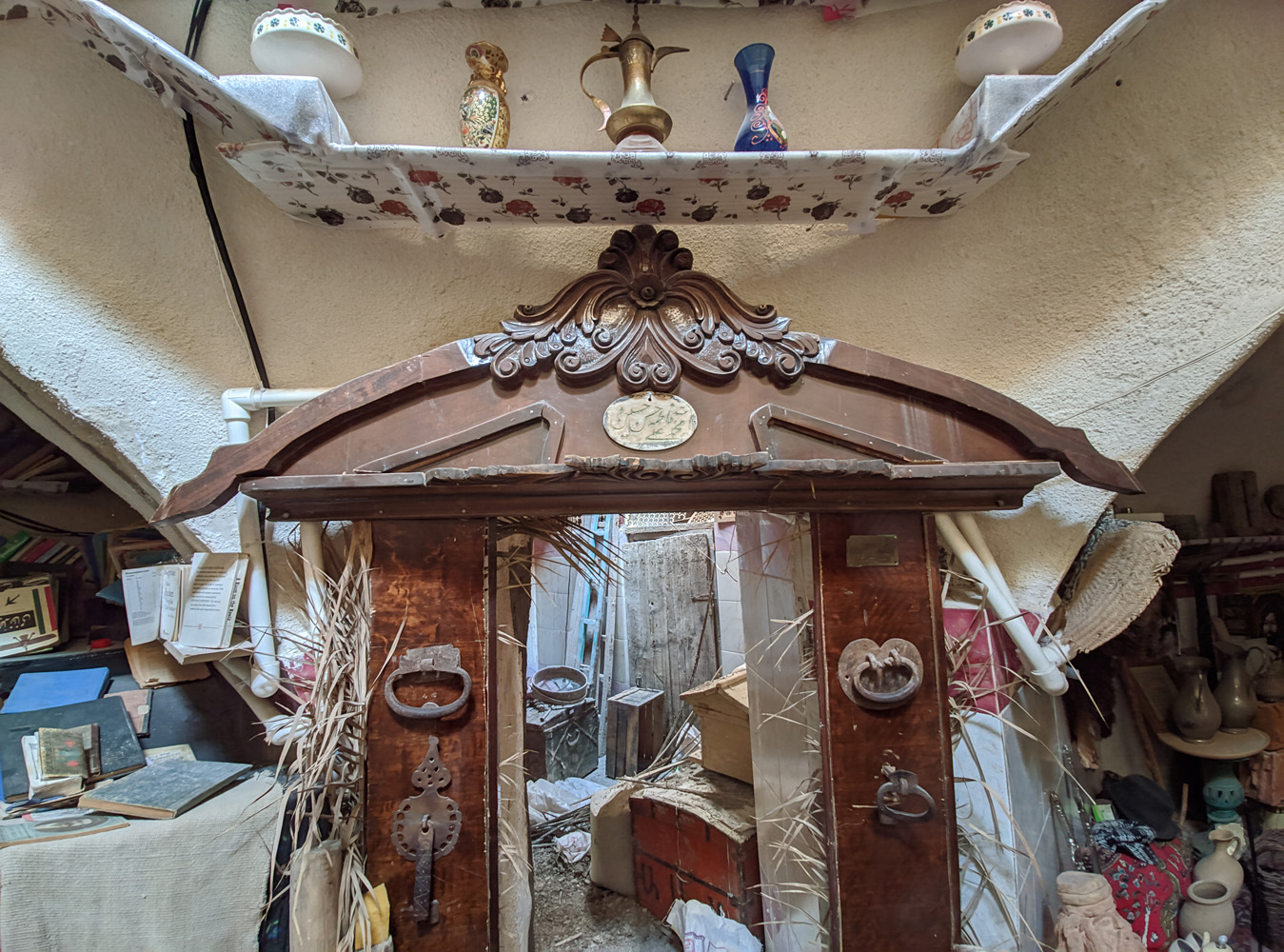






Choose blindless
Red blindless Green blindless Blue blindless Red hard to see Green hard to see Blue hard to see Monochrome Special MonochromeFont size change:
Change word spacing:
Change line height:
Change mouse type:
